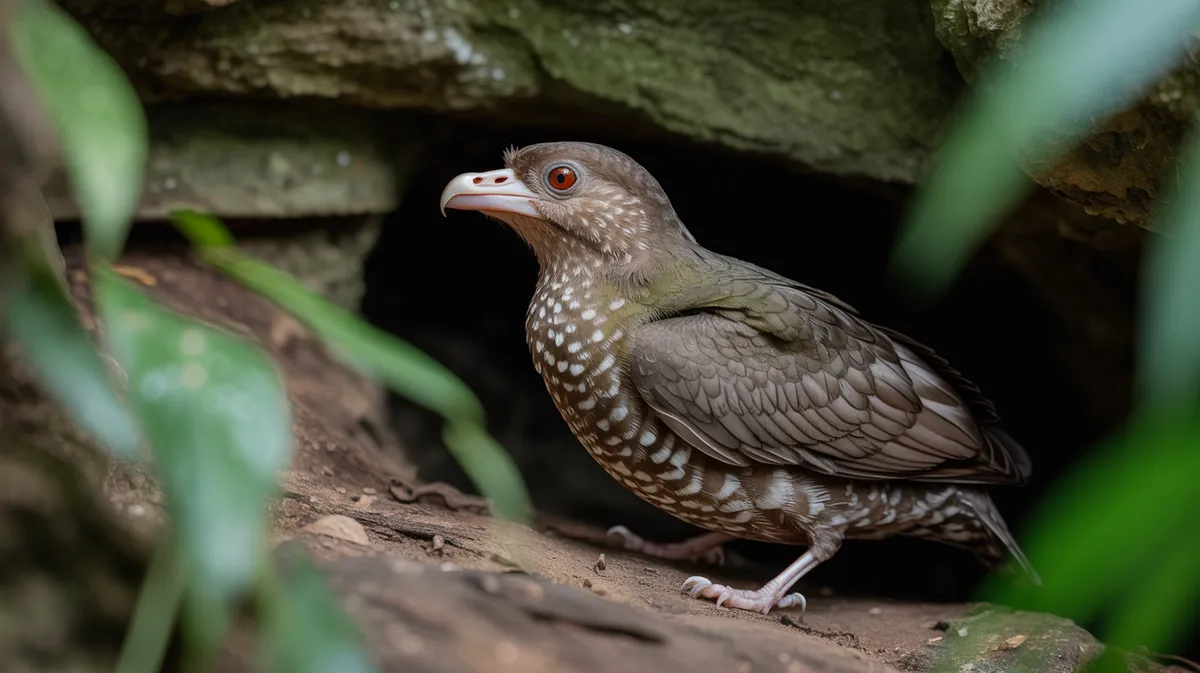
Oilbird
Steatornis caripensis
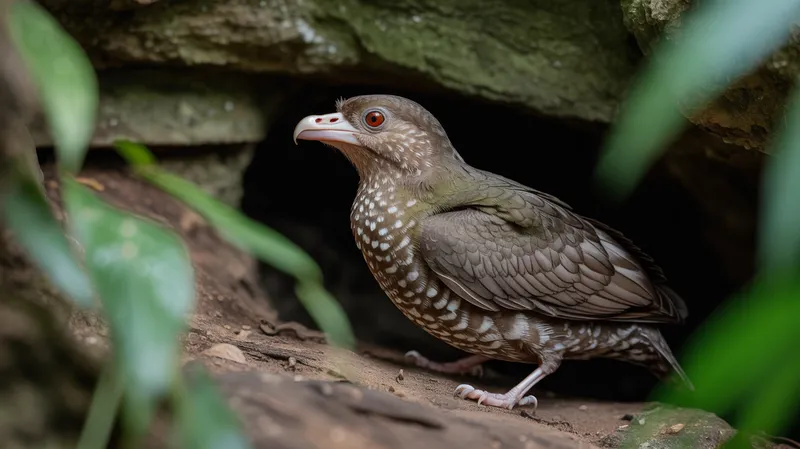
Meet the Oilbird
The Oilbird is a nocturnal, fruit-eating bird found mainly in the northern regions of South America. Notable for its echolocation abilities, it navigates through pitch-dark caves where it roosts and nests. Oilbirds have long wings, short legs, and a distinctive rufous-brown plumage with white spots. Their diet consists primarily of fatty fruits, and they play an essential role in seed dispersal in their ecosystems. Unlike most birds, the Oilbird’s chicks become extremely fat before fledging, hence the name.
Classification
Bird
Habitat
Caves within tropical forests
Diet
Frugivore
Lifespan
12-15 years
Conservation
Least Concern
Weight
350-450 grams
📖Fascinating Facts
Echolocation Experts
Oilbirds use echolocation similar to bats, emitting clicks to navigate through complete darkness in caves.
Frugivore Lifestyle
Their diet almost exclusively consists of oily fruits from palms and laurels, making them vital seed dispersers in tropical forests.
Unusual Chicks
Oilbird chicks gain so much weight from their fatty diet that they often weigh more than the adults before they fledge.
📋Detailed Description
The oilbird (Steatornis caripensis) is a large, nocturnal frugivore measuring 40–49 cm in length, with a wingspan of 95–110 cm and weighing between 350–475 grams. Its plumage is a mottled reddish-brown with bold white spots on the wings and tail, providing camouflage in the dim cave environments it inhabits. The head is broad with large, forward-facing eyes adapted for low-light vision, featuring a high density of rod cells and a reflective tapetum lucidum, which enhances night vision. The bill is short but wide, surrounded by prominent rictal bristles that help sense and manipulate fruit in flight. Oilbirds possess long, pointed wings and a relatively short tail, facilitating agile flight in confined cave spaces. Their legs are short and weak, as they spend most of their time clinging to cave walls or ceilings. Colonies can number from dozens to several thousand individuals, and the birds are highly gregarious, roosting and nesting communally. Oilbirds are obligate frugivores, specializing in lipid-rich fruits such as those from oil palms (Elaeis spp.) and laurels (Lauraceae), and play a critical role in seed dispersal across vast distances. Their chicks are notable for accumulating large fat reserves, sometimes doubling adult weight before fledging, a trait that historically led to their harvest for oil extraction.
💡 Did you know?
Oilbirds have some of the most sensitive night vision of any terrestrial animal, allowing them to see in conditions nearly as dark as a moonless night.
🔬Research & Sources
Wikipedia Summary
The oilbird, locally known as the guácharo, is a bird species found in the northern areas of South America including the Caribbean island of Trinidad. It is the only living species in the genus Steatornis, the family Steatornithidae, and the order Steatornithiformes. Nesting in colonies in caves, oilbirds are nocturnal feeders on the fruits of the oil palm and tropical laurels. They are the only nocturnal flying fruit-eating birds in the world. They forage at night, with specially adapted eyesight. However, they navigate by echolocation in the same way as bats, one of the few birds to do so. They produce a high-pitched clicking sound of around 2 kHz that is audible to humans.
Last Modified: 6/8/2025
🎭Behavior & Social Structure
Oilbirds are strictly nocturnal, emerging from caves at dusk to forage for fruit, often traveling up to 120 km in a single night. They use a combination of acute night vision and echolocation—emitting rapid series of clicks between 1.5–2.5 kHz—to navigate through total darkness, especially within their complex cave habitats. Feeding is typically solitary, but birds may follow each other to fruiting trees. Social interactions within colonies include vocalizations ranging from clicks to harsh screams, used for communication and territory defense. During the day, oilbirds rest in dense clusters on cave ledges, maintaining close physical contact. They are highly site-faithful, returning to the same roosts and nesting sites year after year. Oilbirds are generally non-migratory, but may shift foraging ranges seasonally in response to fruit availability.
👶Reproduction & Life Cycle
Breeding occurs once per year, typically coinciding with peak fruit abundance, though timing varies regionally (often March–July in Venezuela and Trinidad). Oilbirds are monogamous within a breeding season, with pairs forming stable bonds. Nests are constructed on cave ledges or flat surfaces using regurgitated fruit pulp and seeds. Females lay 1–4 white eggs (usually 2–3), which are incubated for 33–35 days by both parents. Chicks are altricial and remain in the nest for an extended period (up to 110–120 days), during which they are fed regurgitated fruit by both parents. The chicks accumulate substantial fat reserves, sometimes reaching 600–700 grams, before fledging. Parental care is prolonged, and fledglings are independent soon after leaving the nest.
🛡️Adaptations & Survival
Oilbirds exhibit several unique adaptations: (1) Echolocation—one of the few birds capable of true echolocation, enabling navigation in complete darkness; (2) Specialized vision—large eyes with a reflective tapetum lucidum, maximizing light sensitivity; (3) Frugivory—digestive systems adapted for high-fat diets, with rapid gut transit to facilitate seed dispersal; (4) Rictal bristles—sensory feathers around the bill aid in detecting and manipulating fruit; (5) Fat-rich chicks—offspring develop large fat reserves, providing energy for prolonged nestling periods and historically exploited by humans for oil extraction; (6) Social roosting—gregarious behavior enhances thermoregulation and predator avoidance in cave environments.
🎨Cultural Significance
Oilbirds hold significant cultural value in regions such as Venezuela and Trinidad, where they are known as 'guácharos.' Indigenous peoples and early European explorers harvested chicks for their fat, which was rendered into oil for cooking and lighting. The Cueva del Guácharo in Venezuela, famously described by Alexander von Humboldt, is a national monument and ecotourism site. Oilbirds feature in local folklore as mysterious cave dwellers and are sometimes associated with omens or spirits due to their eerie calls and nocturnal habits.
🔬Recent Research & Discoveries
Recent research has focused on the oilbird's echolocation, revealing that their clicks are adapted for short-range navigation rather than prey detection, and are less sophisticated than those of bats or dolphins. Genetic studies confirm their unique evolutionary lineage, with no close living relatives. Ongoing ecological studies examine their role in long-distance seed dispersal and the impact of habitat fragmentation on foraging behavior. Conservation research emphasizes the importance of protecting cave habitats and maintaining fruiting tree diversity in surrounding forests.
🎥Wildlife Videos

The Only Bird That Navigates Like a Bat – Meet the Oilbird #birds #wildlife #nature
You've heard of birds that sing. But what about one that echolocates? Meet the Oilbird — the world's only nocturnal, fruit-eating ...
The Bird Lens
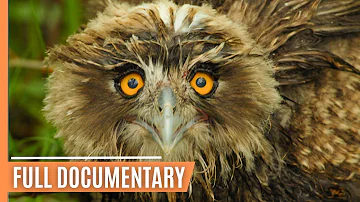
The Secret Lives of Birds and Their Aerial Feats | Full Documentary
We envy birds their mastery of the air, watching them enjoy the freedom of a 3 dimensional space. Flight allows them to get to hard ...
Free High-Quality Documentaries
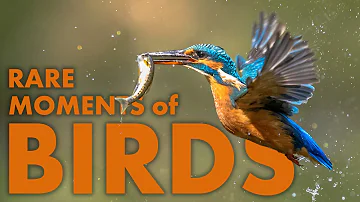
AMAZING LIFE OF BIRDS | Full Wildlife Documentary
This video is dubbed in 8 languages: Welcome to Amazing World of Birds — a ...
Wildlife Film Central
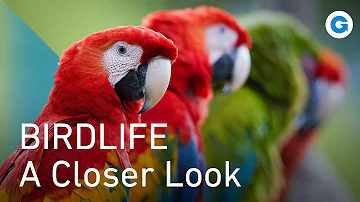
Birds: Melodies, Feathers, and Flight | Full Wildlife Documentary
Melodious calls, vibrant feathers and the power of flight … uplifting, inspiring qualities bestowed on the multitude of birdlife that ...
Get.factual

David Attenborough Presents: Hummingbirds - Jewelled Messengers | Free Documentary Nature
David Attenborough Presents: Hummingbirds - Jewelled Messengers | Nature Documentary Watch 'Birds of Passage - A Secret ...
Free Documentary - Nature

The Skills Of Smart Birds | DOCUMENTARY
The Skills Of Smart Birds - These child prodigies of the animal kingdom have feathers and beaks – and very special skills!
Travel Universe
🌍Habitat Information
The Oilbird typically inhabits Caves within tropical forests environments. Oilbirds have adapted to their environments with specialized features and behaviors.
Primary Habitat:
Caves within tropical forests
More detailed habitat information will be available soon.
🛡️Conservation Status
The Oilbird is currently classified as Least Concern. Conservation efforts are crucial for preserving this species for future generations.
Common Threats:
- 🏠Habitat loss and fragmentation
- 🌡️Climate change impacts
- 🎯Hunting and poaching
- 🏭Human-wildlife conflict
⚠️Threats & Conservation Challenges
While currently listed as Least Concern by the IUCN, oilbirds face localized threats including disturbance and destruction of cave habitats, deforestation reducing fruit availability, and historical overharvesting of chicks for oil. Cave tourism and human intrusion can disrupt breeding colonies. Climate change may alter fruiting phenology, impacting food supply. However, oilbirds are resilient due to their wide range, adaptability to secondary forests, and protection in several reserves. Population trends are stable, but ongoing habitat monitoring is recommended.
🔬Scientific Classification
Scientific Name
Steatornis caripensis
Classification Hierarchy
🔍 About Taxonomic Classification
Taxonomic classification is a hierarchical system used by scientists to classify and organize living organisms based on shared characteristics and evolutionary relationships.
The system moves from broad categories (Kingdom) to increasingly specific ones, with each animal's scientific name typically consisting of its Genus and species.
📝Community Notes
Share your observations and insights about the Oilbird with our community of wildlife enthusiasts.
Join Our Community
Sign in to share your observations and connect with fellow wildlife enthusiasts.
Sign In to ContributeNo community notes yet
Be the first to share your observations about the Oilbird!
Explore Oilbird
Select a tab above to learn more about this amazing animal.
📸Photo Gallery
No photos available for this animal yet.
🌟Discover More Wildlife
Continue your journey of discovery with more fascinating animals from our database
